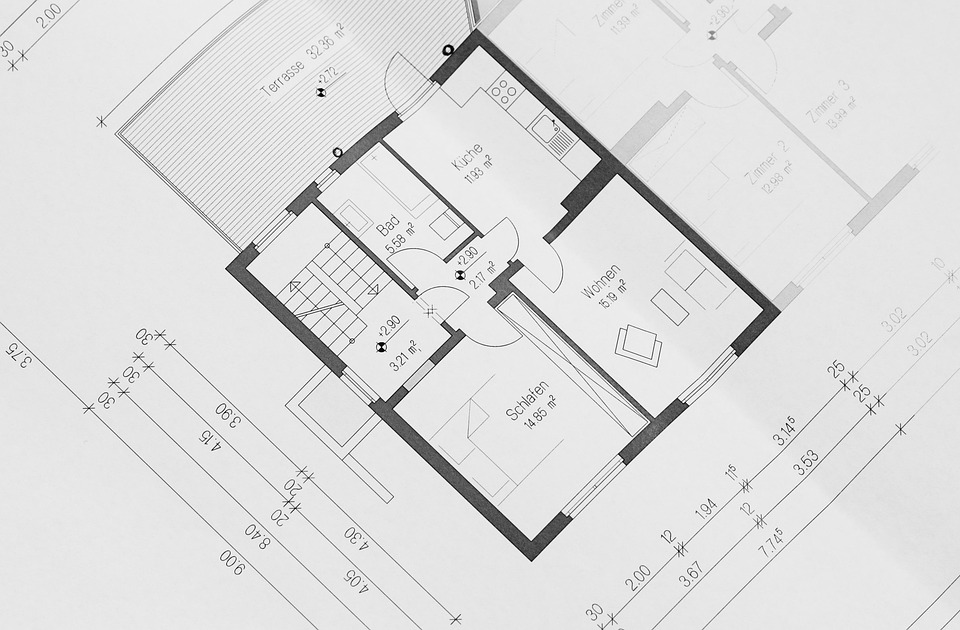
Top Marketing Qualifications You Need to Succeed in the Industry
Top Marketing Qualifications You Need to Succeed in the Industry Are you interested in pursuing a career in marketing? If so, it’s important to understand

The Design Legacy of Paul Rand: An Exploration of his Mythic Artistic Works
Paul Rand is a name that synonymous with modern graphic design. He was a trailblazer in the field of graphic design and left quite a mark on the industry throughout his career. His contributions have been immensely valuable and the world of graphic design would be incomplete without his incredible works. This article explores his legacy and the mythic nature of his artistic works.
Who was Paul Rand?
Paul Rand was an American graphic designer who was born in Brooklyn, New York, in 1914. He attended the Pratt Institute, where he studied illustration and advertising design. In 1937, he began his career by working as a layout artist in the art department of a magazine. He eventually went on to set up his own design firm and created intricate and iconic works that remain popular even today.
What was his approach to design?
Rand’s approach to design was deeply rooted in simplicity and minimalism. He believed that good design should be clear, concise, and communicative. His designs were characterized by simple geometric forms, bright colors and bold typography. He also strongly believed in the importance of a strong concept and vibrant execution.
What were some of his most famous works?
Rand worked on several iconic logos including those for IBM, ABC, UPS, Westinghouse, and Enron. He was also the designer behind the covers of some of the most well-known books of the 20th century including those written by Ayn Rand, Ernest Hemingway, and Saul Bellow. Rand is widely regarded as being one of the pioneers of corporate identity and his works have become a part of popular culture.
What was his design philosophy and how has it impacted the industry?
Rand’s design philosophy was based on the belief that good design should be both functional and aesthetic. He believed that design had the power to shape and influence people’s perception of a brand or a product. He was a firm believer that design should be timeless and not rely on trends or fads. His design legacy has had a profound impact on the industry and continues to influence contemporary designers.
How did his artistic works become mythic?
Rand’s artistic works have become mythic because of their timeless quality and their ability to communicate to people on a deeper level. His designs went beyond just aesthetics and communicated a powerful message. Each of his works tells a story and evokes emotions. This deep connection between his works and the audience has made them iconic and timeless.
Conclusion
Rand’s design legacy remains as relevant today as it was during his time. His works have become a part of popular culture and continue to inspire contemporary designers. His design philosophy and approach have greatly impacted the industry and set the standard for good design. Rand’s legacy is a testament to the power of design and its ability to communicate on a human level.
FAQs
Q. What was Rand’s approach to typography?
A. Rand believed in the importance of typography as a fundamental element of design. He used bold, simple typefaces to convey his messages effectively.
Q. What is the significance of Rand’s iconic logos?
A. Rand’s logos are iconic because they represent a brand’s identity in a clear and concise manner while also remaining aesthetically pleasing.
Q. How has Rand influenced contemporary design?
A. Rand’s approach to design has inspired contemporary designers to prioritize simplicity and clarity in their works, creating designs that are more accessible and effective.
Q. Why do Rand’s designs continue to remain popular?
A. Rand’s designs remain popular because of their timeless quality and their ability to communicate on a deeper level. They tell a story and evoke emotions.
Q. What was Rand’s greatest contribution to the field of graphic design?
A. Rand’s greatest contribution to the field of graphic design was his emphasis on the importance of a strong concept and execution, creating designs that were both functional and aesthetically pleasing.

Top Marketing Qualifications You Need to Succeed in the Industry Are you interested in pursuing a career in marketing? If so, it’s important to understand

Maximizing Your Marketing Strategy with Mailchimp Text Messaging In today’s digital age, businesses are increasingly turning to text messaging as a way to reach out

Remote Email Marketing Jobs: How to Find and Succeed in Them The world of employment has evolved rapidly over the last couple of years, with

Talk with us!
Do you have a project in mind? Send us a message to understand how we can help you. We will get in touch with you.